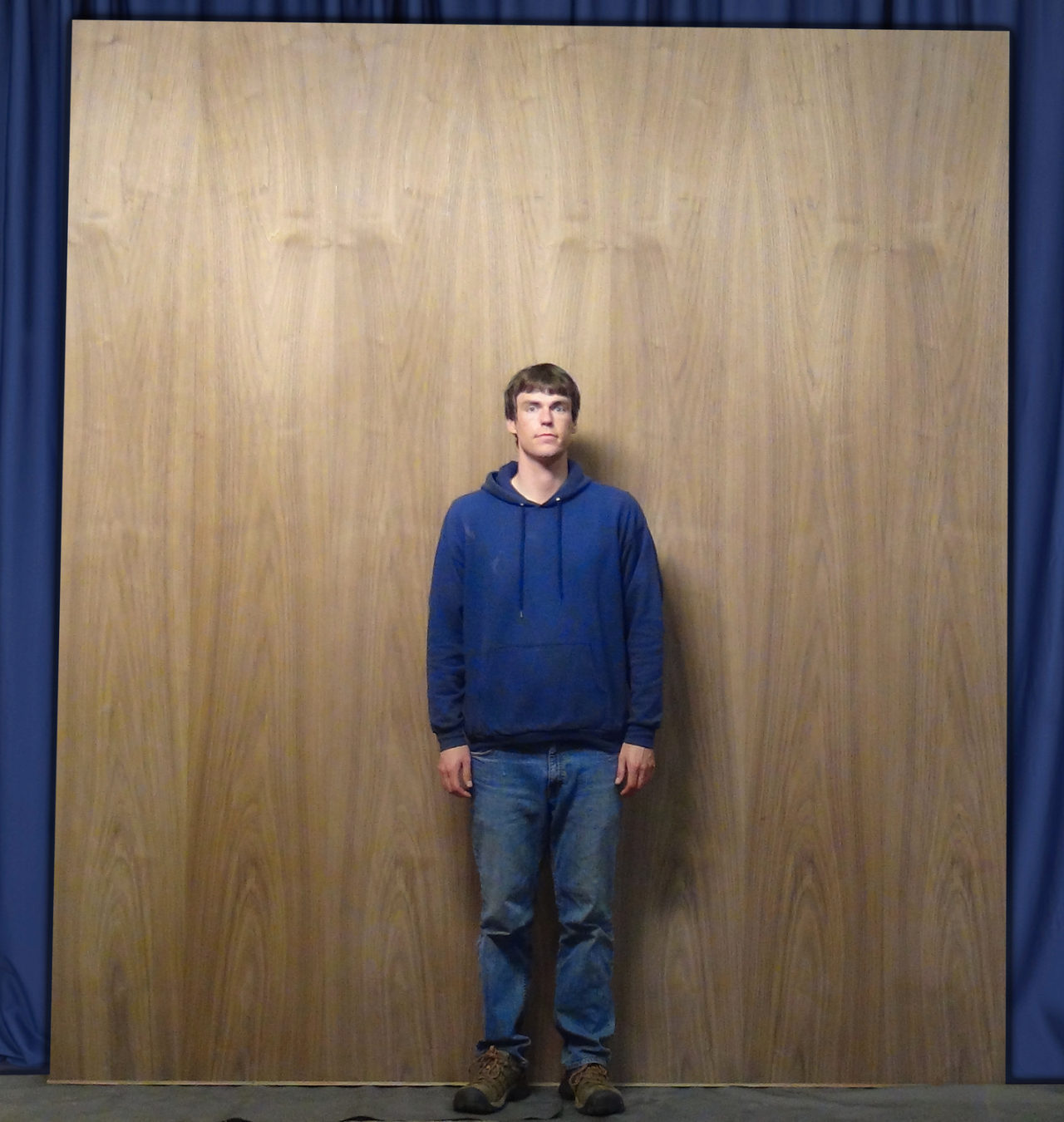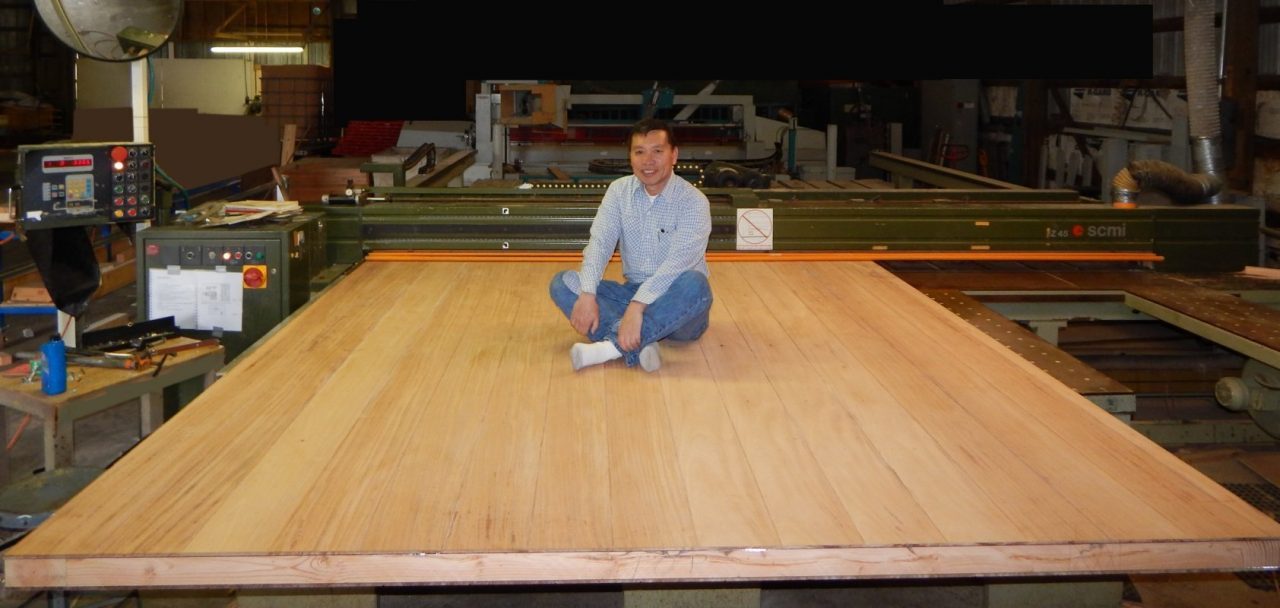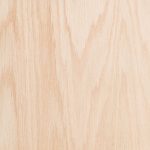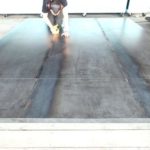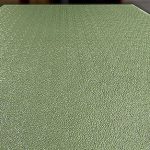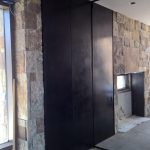Looking for exterior doors? Some are known to be better than others. You might know what you want, but is that the right exterior door skins to use on a door which may present challenges not long after installation?
The exterior surface material of your door (referred to as “door skin”) is a huge decision to make. While you might absolutely be able to see a particular type of door in your mind’s eye, you may find the door you’ve set your sights on will offer you far more problems than aesthetic beauty. Definitely worth considering before you settle on your decision to select certain exterior door skins over others.
For instance, some flat building materials that you might like to use as exterior door skins may be sensitive to changes in the environment and may have a problem facing the elements or extreme weather conditions. The good news is, new external finishing products are emerging regularly to help protect underlying surface materials from moisture penetration. Galvanized metal skin would be good exterior skin for applications near saltwater, and it can be painted! FRP provides protection from moisture as well. Wood stave skin provides much more protection than veneer skins.
These new technologies can be helpful in protecting metals that might rust or natural woods which might soak up rain, like a sponge.
The world’s best millworks are fully up to speed on all these latest technologies which help to protect your exterior door objet d’art from the elements. This helps solve one-half of the dilemmas which face door engineers and technicians. Then, there is the other half: Door warp.
Pretty much, all doors warp to some degree, so the American Woodworking Institute has established a standard for doors, which basically says that any door which does not deflect over one-quarter inch over a seven-foot-span is straight. Any deflection over a quarter of an inch would be considered as “door warp.”
All doors, door jambs, and door hardware take this ¼” variance of “straightness” into account in the design of all the adjoining components.
That’s where inventor Peter Sing’s patented and patent-pending Sing Core comes in.
With the advent of Sing Core’s warp-free door blanks, the top door manufacturers in the world can create oversized exterior doors of any size which can be guaranteed not to warp, bend, twist, or otherwise fail for 50 years. This is an unparalleled 50-year warp-free guarantee which was unheard of in the door industry previously.
There is little doubt that natural wood grain poses the greatest challenge for door warping in exterior door application. As beautiful as wood grain is, it is notorious for moving according to environmental changes. No matter how well you protect it from the weather by sealing the door completely (which is an important part of the process) wooden doors will warp, unless they have Sing Core inside.
Sing’s groundbreaking technology empowers architects to spec the most contemporary architectural doors made of ornate wood grains in any size, even large oversized doors, that can be guaranteed not to warp for 50 years, and Peter Sing puts his signature on the line.
Most of the most contemporary architects are willing to spec a sixteen- to twenty-foot-tall door with Sing Core inside without hesitation, though other industrial aerospace and military projects could feature large sliding doors reaching 70 ft. tall and over 200 ft. wide.
No matter what size your large sliding door is, if its 100 percent exposed to the weather, you don’t want it to warp, and there’s only one way to create such a warp-free door, and that’s with Sing Core inside.
Now, you can have natural wood grain skins on your exterior doors without fear of failure for the most sustainable exterior doors ever made in the USA and guaranteed for 50 years.
Wood Grain Exterior Door Skins
- White Oak
- Hard Maple
Not limited to wood grain doors (which are the most challenging), you may also use any other available flat building material and receive the same high precision and 50-year guarantee.

